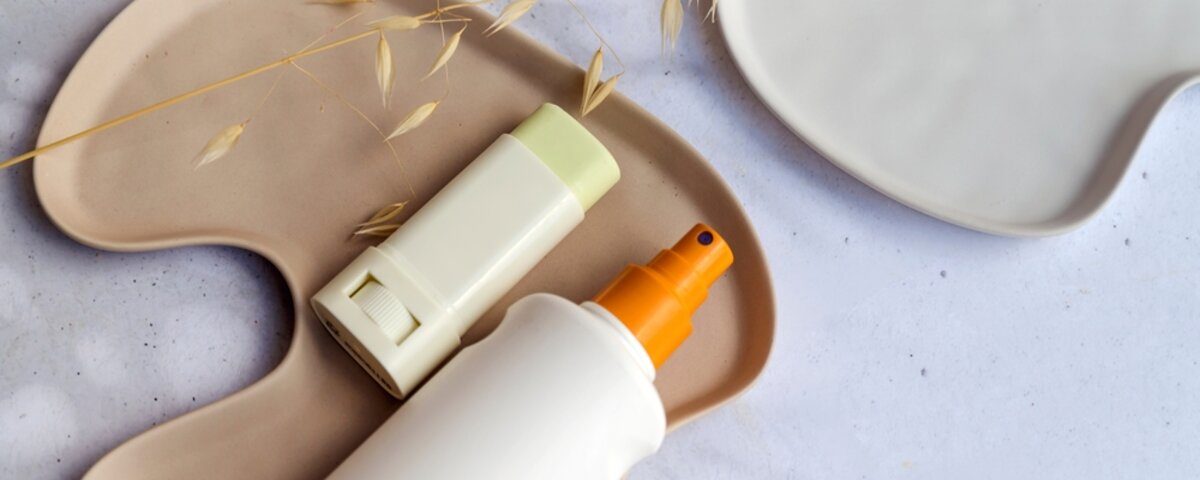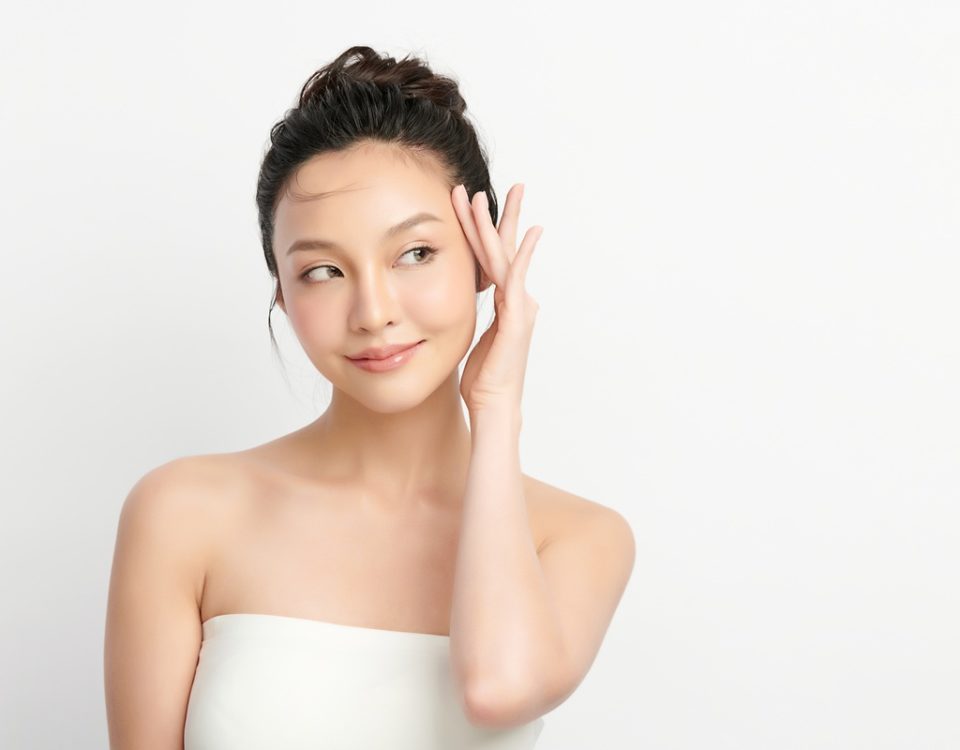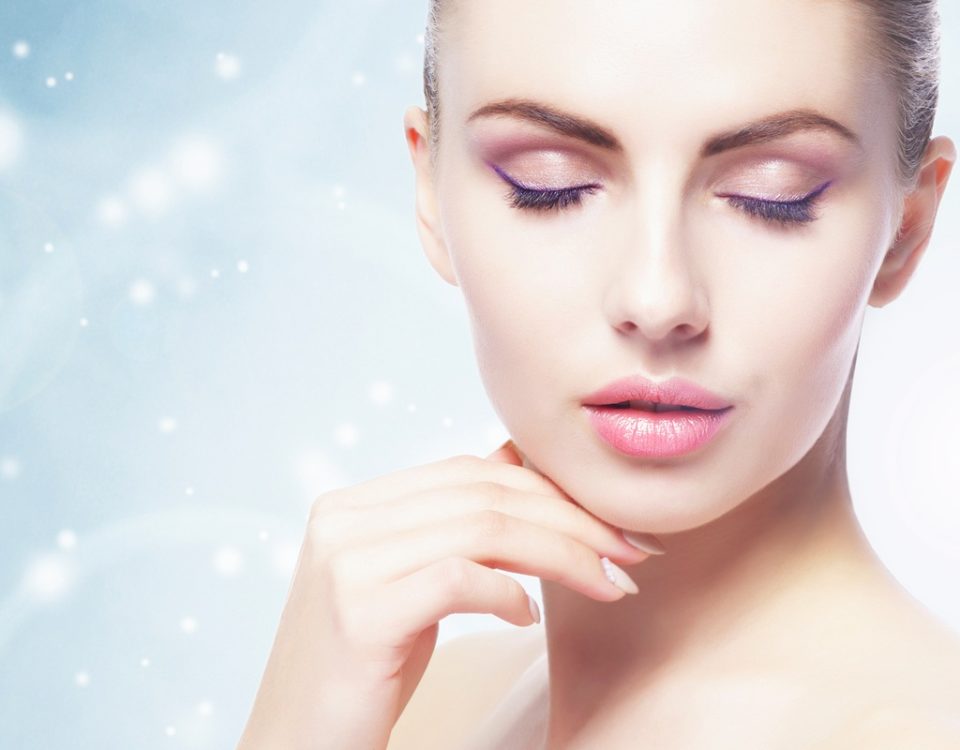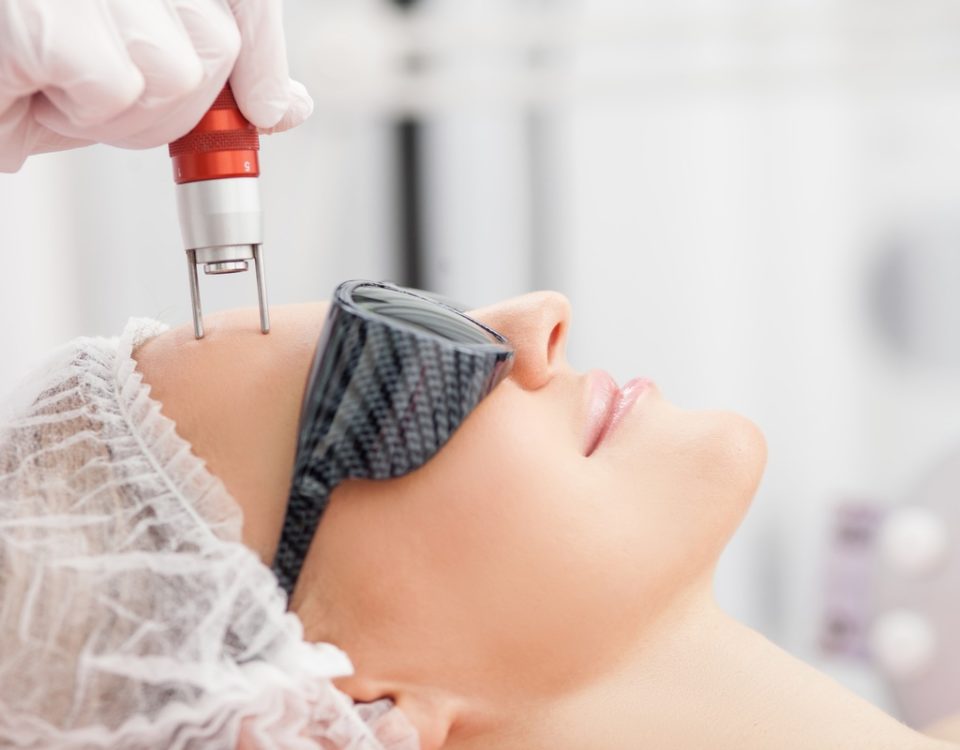
How Long Does Sunburn Typically Last?
September 18, 2024
How Often Will I Need to Get Lip Fillers to Maintain the Look?
November 15, 2024Enjoying the sun is great, but it poses risks like sunburn and skin damage. Sunscreen is crucial for protecting against UV radiation, preventing premature aging, and reducing skin cancer risk. This guide will simplify sunscreen options, key selection factors, and expert tips for effective sun protection.
Sunscreen Basics: Physical vs. Chemical Formulas
Sunscreens work by either physically blocking or chemically absorbing UV radiation. Physical, or mineral, sunscreens contain active ingredients like zinc oxide or titanium dioxide that sit on the skin’s surface and reflect or scatter the sun’s rays. These formulas generally provide broad-spectrum protection against both UVA and UVB rays.
In contrast, chemical sunscreens contain organic compounds like avobenzone, oxybenzone, and octocrylene that absorb UV radiation and convert it into heat, which is then released from the skin. Chemical sunscreens tend to have a more lightweight, sheer application, but they may be less effective against UVA rays and can potentially irritate sensitive skin types.
Hybrid or combination sunscreens blend both physical and chemical active ingredients, aiming to provide the benefits of both approaches. These formulas can offer a middle ground in terms of texture and protection, though they may still have some of the drawbacks associated with chemical sunscreens.
Choosing the Right SPF and Broad-Spectrum Protection
There are several benefits of sunscreen, but it’s vital to know the differences between them. The sun protection factor (SPF) is a measure of how well a sunscreen protects against UVB rays, which are the primary cause of sunburns. An SPF 30 sunscreen, for example, blocks approximately 97% of UVB radiation, while an SPF 50 product blocks around 98%. While higher SPF values may provide slightly better protection, the difference is relatively small, and experts generally recommend using a sunscreen with an SPF of at least 30.
However, SPF alone doesn’t tell the whole story. It’s crucial to choose a sunscreen that also provides broad-spectrum protection, meaning it shields against both UVA and UVB rays. This is important because UVA rays, which can penetrate deeper into the skin, contribute to long-term damage like premature aging and an increased risk of skin cancer.
To ensure broad-spectrum protection, look for sunscreens that have been tested and approved by regulatory bodies like the FDA. These products will typically display a “broad spectrum” label, indicating that they meet the necessary criteria for protecting against a wide range of UV wavelengths.
Addressing Water Resistance and Reapplication
When it comes to sunscreen, water resistance is an important consideration, especially if you’ll be engaging in water activities or sweating heavily. Sunscreens are labeled as either “water resistant” or “very water resistant,” with the former maintaining its SPF for up to 40 minutes in the water and the latter for up to 80 minutes.
Regardless of the water resistance rating, it’s essential to reapply sunscreen every two hours, or more frequently if you’ve been swimming or toweling off. Many people make the mistake of applying sunscreen only once and then expecting it to provide all-day protection, but the truth is that sunscreen effectiveness diminishes over time and with exposure to the elements.
To ensure you’re getting full SPF protection, apply a generous, even layer of sunscreen to all exposed areas of your skin, including often-overlooked spots like the lips, ears, and scalp (if you have thinning or no hair). And don’t forget to reapply after toweling off, sweating, or being in the water.
Navigating Sunscreen Ingredients and Potential Concerns
With the FDA’s recent testing on the absorption of certain sunscreen ingredients into the bloodstream, there has been increased scrutiny and debate around the safety of chemical sunscreens. While the long-term effects of these absorbed ingredients are still being studied, the consensus among dermatologists is that the known risks of unprotected sun exposure far outweigh the potential, unproven risks of using sunscreen.
That said, individuals with sensitive skin or specific skin conditions may want to opt for mineral-based, physical sunscreens that contain active ingredients like zinc oxide or titanium dioxide. These formulas are generally less irritating and less likely to cause reactions like contact dermatitis or photosensitivity.
It’s also important to be aware of potential allergens and irritants in sunscreen formulas, such as PABA, oxybenzone, and fragrances. Those with eczema, rosacea, or other sensitive skin conditions may want to choose hypoallergenic, fragrance-free options to minimize the risk of adverse reactions.
Sunscreen for Babies and Children
When it comes to protecting the delicate skin of infants and young children, special considerations come into play. The American Academy of Pediatrics recommends keeping babies under 6 months old completely out of direct sunlight and using only small amounts of broad-spectrum, water-resistant sunscreen on exposed areas if shade and protective clothing are not possible.
For children over 6 months, mineral-based sunscreens are generally the safest and most gentle option, as they are less likely to cause irritation or sensitivity. Sunscreen should be applied liberally, with a shot glass-sized amount needed to cover the exposed areas of the body. Reapplication is crucial, especially after swimming, sweating, or towel-drying.
When selecting sunscreen for kids, look for formulas labeled as “pediatric,” “for sensitive skin,” or “for children.” Avoid spray sunscreens, as they can be difficult to apply evenly and may pose an inhalation risk. Stick or lotion formulas tend to be the most effective and easiest to use on active little ones.
Sunscreen and Makeup: Finding the Right Balance
Many people rely on makeup products with built-in SPF as their primary sun protection, but this approach can be problematic. Most makeup formulas simply don’t contain enough sunscreen to provide the level of protection needed to prevent sun damage.
To ensure adequate coverage, it’s best to apply a dedicated sunscreen first, then follow up with your makeup routine. Look for tinted sunscreen or foundation products that contain SPF 30 or higher for an added layer of protection.
When reapplying sunscreen over makeup, opt for lightweight, non-greasy formulas that won’t disrupt your makeup or leave a visible white cast. Powder sunscreens can be a convenient option for touch-ups throughout the day, as they can be easily brushed on without disturbing your look.
Remember, sunscreen should be the foundation of your sun protection regimen, with makeup and other products serving as supplementary layers of defense against the sun’s harmful rays.
Sunscreen and Skin Conditions: Addressing Special Needs
Individuals with skin conditions like eczema, rosacea, or acne need to choose sunscreens carefully. For eczema and rosacea, opt for mineral-based, fragrance-free sunscreens labeled “for sensitive skin.” Acne-prone skin benefits from oil-free, non-comedogenic formulas. Consult a dermatologist for personalized sunscreen recommendations tailored to your skin condition.
Essential Sunscreen Tips for Optimal Skin Protection
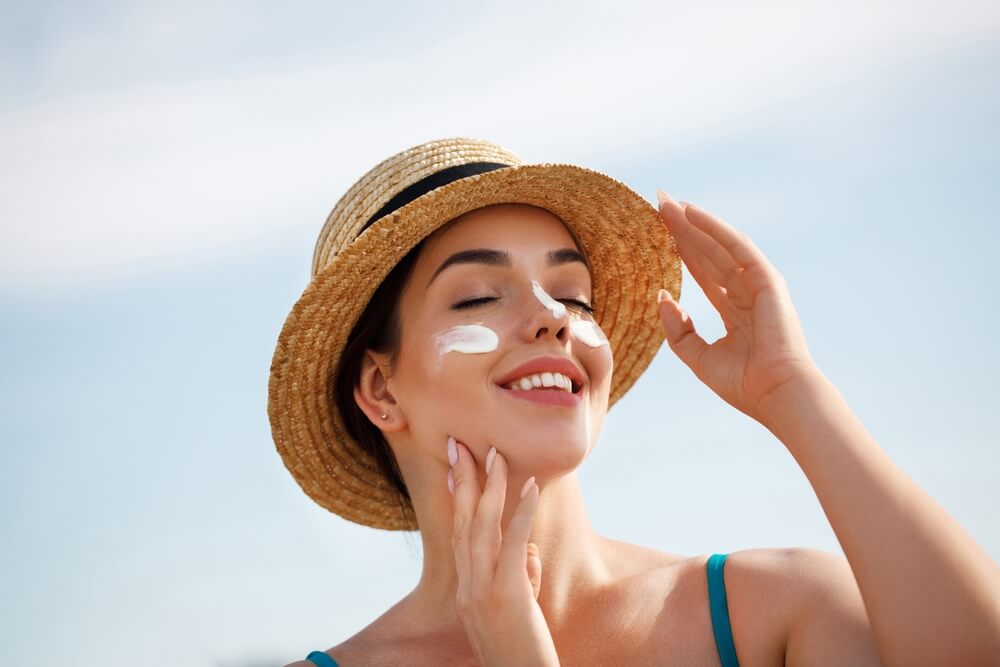
Choosing the right sunscreen and using it correctly is essential for protecting your skin from UV damage. Understand the differences between physical and chemical sunscreens, select the appropriate SPF, and follow proper application techniques to prevent sunburn, premature aging, and skin cancer. For personalized skin therapy and expert advice, contact Spa MD today and ensure your skin receives the best care.
New Clients:
$35 deposit for all new clients
Cancellation/No Show Policy:
$35 fee for all no show, no call and any cancellations less than 24hrs before the start of your appointment.Any prepaid services will be forfeited.
Call us at +1(651)222-4490
Email us at SpaConsultantsMD@gmail.com
or, Schedule a free consultation
We are located on the main level inside of the Blair Arcade Building. We validate parking in the lot connected to the building off of Selby. Be sure to bring your ticket in with you!
Business Hours:
Monday: 9:00am - 8:00pm
Tuesday: 9:00am - 5:00pm
Wednesday: 9:00am - 8:00pm
Thursday: 9:00am - 8:00pm
Friday: 10:00am - 5:00pm
Saturday: 9:00am - 2:00pm (3 Saturdays per month- please call or email for more information)

